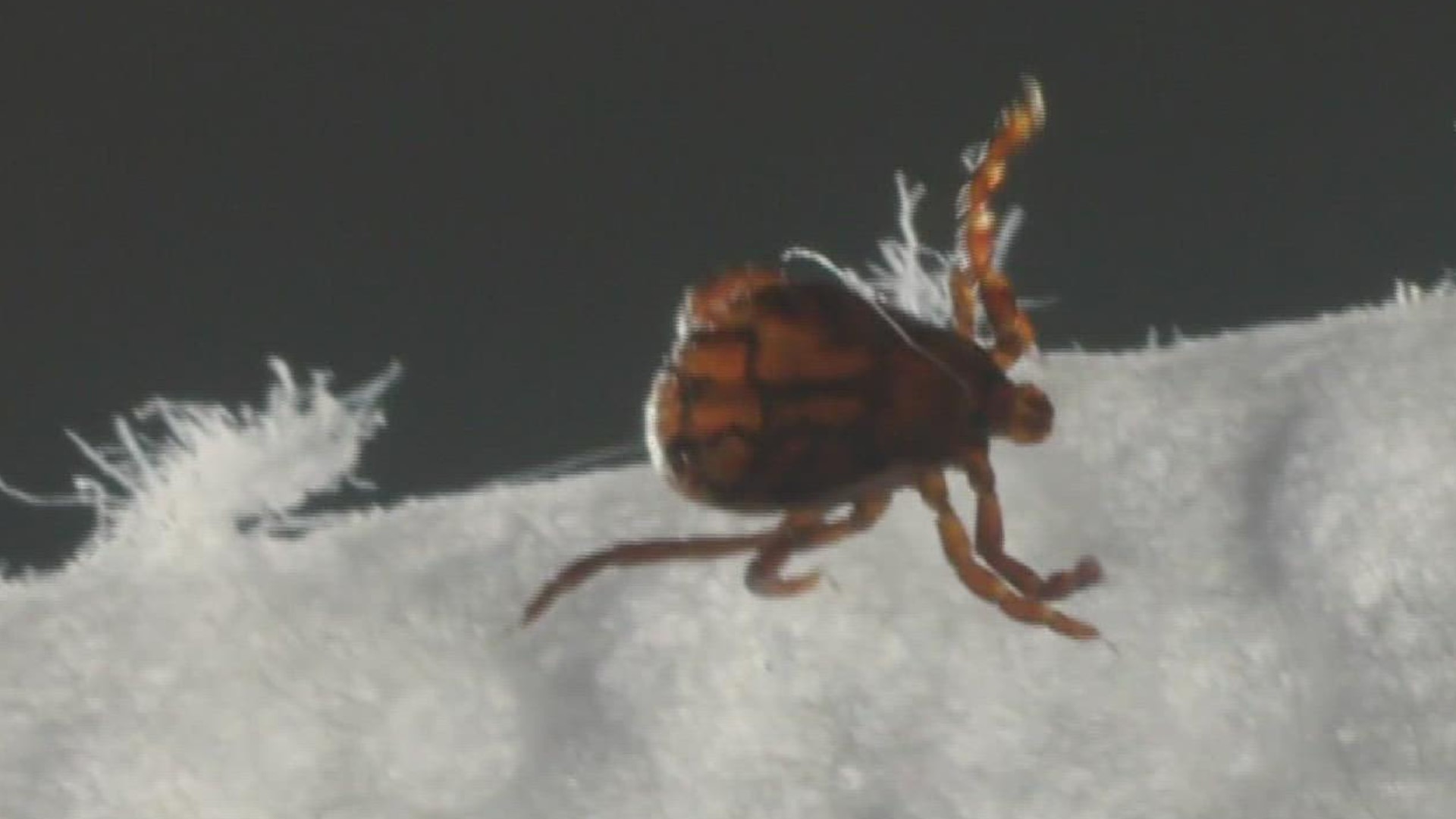PENNSYLVANIA, USA — Deer ticks, also known as blacklegged ticks, are the main spreader of the pathogen that causes Lyme disease.
These ticks were found on more than 70% of the American black bears that were studied.
Previous studies of tick dispersal have only focused on whitetail deer and the white-footed mouse, however, bear populations in PA and throughout the northeast have been on the rise since the 1980s.
In approximately that same timeframe, tick-borne illnesses in humans have risen significantly, almost three fold from 2004-2017.
“We interact with wildlife whether we know it or not, they’re in our backyards. Male black bears can have a huge home range, so they can be moving these insects around and it’s not really being looked at that often” says Hannah Tiffin, Ph.D. candidate in Entomology at Penn State.
Hannah also says it would be great to have further research on these other species to study what ticks are parasitizing them and what pathogens are present.
Researchers who were working on this field study also found the highest number of ticks were discovered on bears during the spring, with the next highest being the summer.
This is likely related to the deer tick life cycle. Ticks start out as eggs, which are laid in the springtime. The second stage of life occurs in the summer, when the eggs hatch into small creatures with six legs and are called larva. Sometime between the fall and spring, larva will mature into nymphs and finally will reach the adult stage by the next fall.

